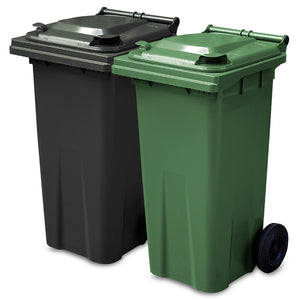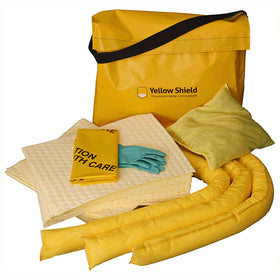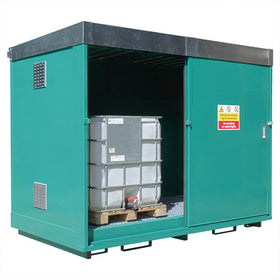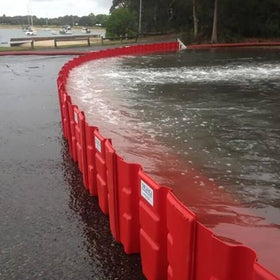Spill containment and control training
It is not just enough to provide your employees with spill control equipment, you must also make sure that they are adequately trained to deal with any spill that you may have on site.
Spill training can teach employees of the necessity to react quickly and safely in the event of a spill. They will thus be able to use the spill control and containment equipment properly and effectively and hence will stand a better chance of rectifying the situation before it worsens.
It’s not however just important that you know how to cope with general spillages, you should also try to relate this training to site specific issues. This means that employees should be aware of the different substances that may be spilled at their industrial site and know how to effectively contain and clean up the spill.
You can carry out spill training with your employees and have regular spill drills to keep your emergency contingency plans refreshed. However initially, employees who may be the first to respond to a spill should have professional training, so they can be made fully aware of spill prevention, containment and cleaning.




